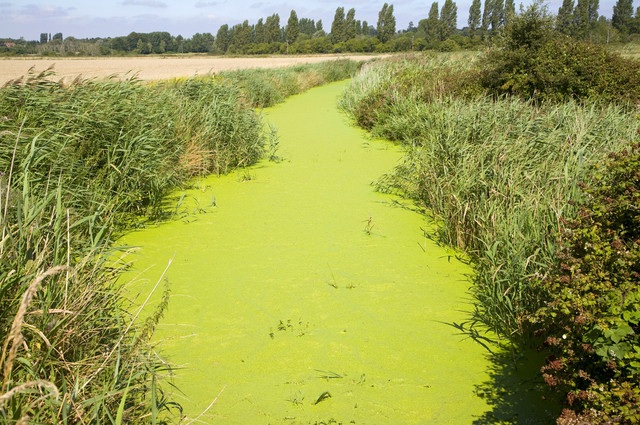Agriculture Column: Impact of polluted water on agriculture


Tapuwa Mashangwa
POLLUTED water is a major cause of human disease, misery and death. According to the World Health Organisation (WHO), as many as four million children die every year as a result of diarrhoea caused by water-borne infection.
The bacteria most commonly found in polluted water are coliforms excreted by humans. Surface runoff and consequently non-point source pollution contributes significantly to high level of pathogens in surface water bodies. Improperly designed rural sanitary facilities also contribute to contamination of groundwater.
Agricultural pollution is both a direct and indirect cause of human health impacts. The WHO reports that nitrogen levels in groundwater have grown in many parts of the world as a result of “intensification of farming practice”.
This phenomenon is well known in parts of Europe. Nitrate levels have grown in some countries to the point where more than 10 percent of the population is exposed to nitrate levels in drinking water that are above the 10 mg/l guideline.
Although WHO finds no significant links between nitrate and nitrite and human cancers, the drinking water guideline is established to prevent methaemoglobinaemia to which infants are particularly susceptible.
Although the problem is less well documented, nitrogen pollution of groundwater appears also to be a problem in developing countries. Nitrate concentrations approaching 40-45 mg N/l in irrigation wells that are located close to the intensively cultivated irrigated paddy fields.
Water pollution is both a cause and an effect in linkages between agriculture and human health.
The following health impacts (in descending order of health significance) which apply, in particular, to developing countries, were noted by Reif, a researcher; Adverse environmental modifications result in improved breeding ground for vectors of disease (for example, mosquitoes). There is a linkage between increase in malaria in several Latin American countries and reservoir construction.
Schistosomiasis (Bilharziasis), a parasitic disease affecting more than 200 million people in 70 tropical and subtropical countries, has been demonstrated to have increased dramatically in the population following reservoir construction for irrigation and hydroelectric power production.
Reiff indicates that the two groups at greatest risk of infection are farm workers dedicated to the production of rice, sugar cane and vegetables, and children that bathe in infested water.; Contamination of water supplies primarily by pesticides and fertilisers. Excessive levels of many pesticides have known health effects. Microbiological contamination of food crops stemming from use of water polluted by human wastes and runoff from grazing areas and stockyards. This applies both to use of polluted water for irrigation, and by direct contamination of foods by washing vegetables. In polluted water prior to sale.
In many developing countries there is little or no treatment of municipal sewage, yet urban wastewater is increasingly being used directly or recycled from receiving waters, into irrigated agriculture.
The most common diseases associated with contaminated irrigation waters are cholera, typhoid, ascariasis, amoebiasis, giardiasis, and enteroinvasive E. coli.
Crops that are most implicated with spread of these diseases are ground crops that are eaten raw such as cabbage, lettuce, strawberries, etc; Contamination of food crops with toxic chemicals; Miscellaneous related health effects, including treatment of seed by organic mercury compounds, turbidity (which inhibits the effectiveness of disinfection of water for potable use).
To this list can be added factors such as the potential for hormonal disruption (endocrine disruptors) in fish, animals and humans.
Hormones are produced by the body’s endocrine system. Because of the critical role of hormones during early development, toxicological effects on the endocrine system often have impacts on the reproductive system.
While pesticides such as DDT have been implicated, the field of endocrine disruption is in its infancy and data which support cause and effect are not yet conclusive. It is probably safe to conclude, however, that high levels of agricultural contaminants in food and water as are found in many developing country situations have serious implications for reproduction and human health.
The writer is Engineer. Tapuwa Justice Mashangwa, a young entepreneur based in Bulawayo, Founder and CEO of Emerald Agribusiness Consultancy. He can be contacted on 0739096418 and email: [email protected].











Comments